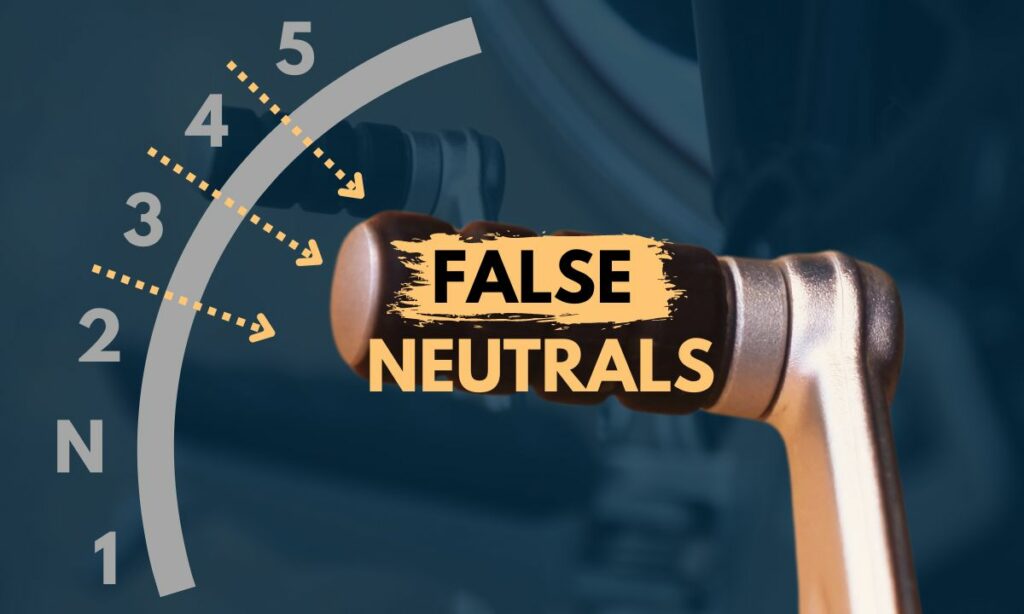Despite riding motorcycles for more than a decade, I still get false neutrals once every few days.
It’s not a big deal.
But it tells me I am not committing and firm in my gear change.
So, what is a false neutral on a motorcycle?
False neutral is when you shift the gear on a motorcycle but the gear does not engage – resulting in an unstable neutral position.
False neutrals occur at higher gears. Between 4th and 5th, or 5th and 6th gears.
That’s the brief explanation.
But let’s deep dive to understand:
How a false neutral occurs, how is it different from a true neutral, and how to avoid false neutrals on your motorcycles.
What is a false neutral on a motorcycle?
False neutral occurs when you shift the motorcycle gears but the gear does not get engaged – resulting in an unstable neutral position.
The dog clutch in the transmission has disengaged from one gear but has not engaged with another gear.
That’s what you call a false neutral.

False neutrals are unstable because the gear shifting was meant to change from one gear to another.
The dog clutches were supposed to disengage from one gear and engage with the other gear. Not just disengage and stop there.
The dog might not have engaged or only partially engaged with the gear. As a result, giving a neutral feel to the rider.
So at what gears do false neutral happen then?
False neutrals happen at higher gears.
Between the 5th and 6th gear.
Between the 4th and 5th gear.
And between the 2nd and 3rd gear.

A true neutral occurs between the 1st and 2nd gear. This is a stable neutral position.
Which brings us to the next section.
How is false neutral different from true neutral
In simple terms, true neutral is stable whereas false neutral is an unstable position.
Why is that?
To explain in detail, we need to understand the gear transmission.
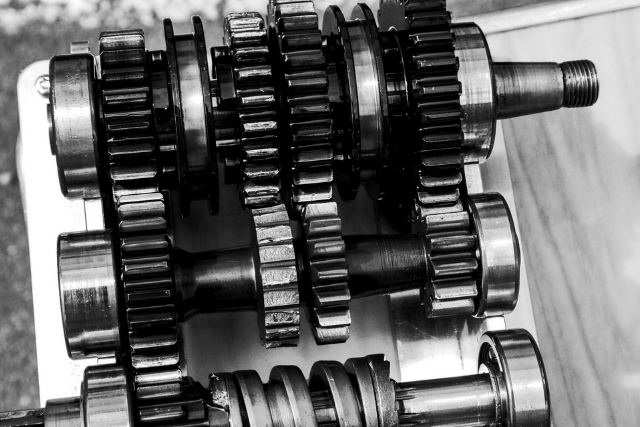
Motorcycles use what is called a constant mesh gear transmission.
Without getting too technical, let me explain in brief.
Constant mesh gear transmission
There are two kinds of gear on a constant mesh gear transmission:
- Free-wheeling gears: These are the gears that are rotating freely on the shaft. There will be 5 or 6 of them. These are the gears that need to be engaged depending on which gear the motorcycle is shifting to.
- Dogs: Yes, dogs. Also called dog clutches. The dogs can slide side to side on the shaft, and engage with the freewheeling gears.
Every time you change the gear, the dog disengages from one gear and engages with another free-wheeling gear (need not be the same dog).

In a true neutral position, no dog is engaged with any of the free-wheeling gear by design.
The gears rotate freely without rotating the output shaft.
On the other hand:
In a false neutral position, the dog clutches were supposed to disengage from one gear and engage with another gear – but did not engage.
Resulting in no or partial engagement with the gears by mistake.
The output shaft does not rotate here as well.
That’s why one would think the motorcycle is on neutral.
Shifting drum and star detent shifter
In addition, we can visualize the true neutral vs false neutral on the shifting drum.

A star shift detent mechanism is used on the shifting drum – which is responsible for proper gear shifting.
The star shifter has ridges and valleys. The roller (spring biased) rolls onto the star plate’s ridges and valleys.

Each valley corresponds to a different gear position.
The roller cannot stay on the ridge for long. As it moves from one valley to the other, the gear changes.
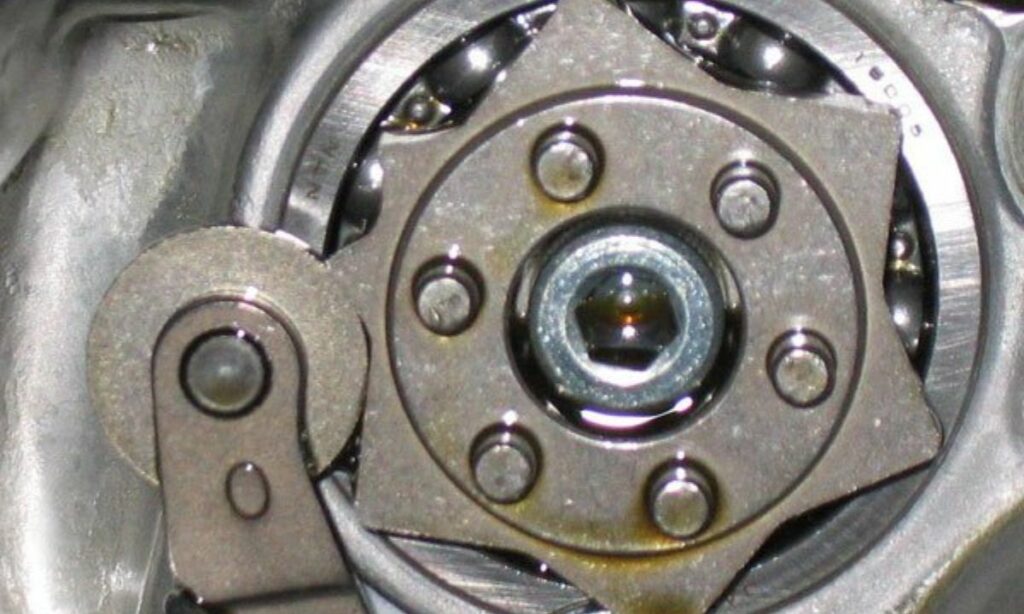
As the roller shifts, it temporarily moves onto the ridges – causing a neutral position.
If you notice, one ridge is ground off so the roller can rest on the range in a stable condition. This is the true neutral.
The other ridges – if the roller stays on for long – result in false neutrals.
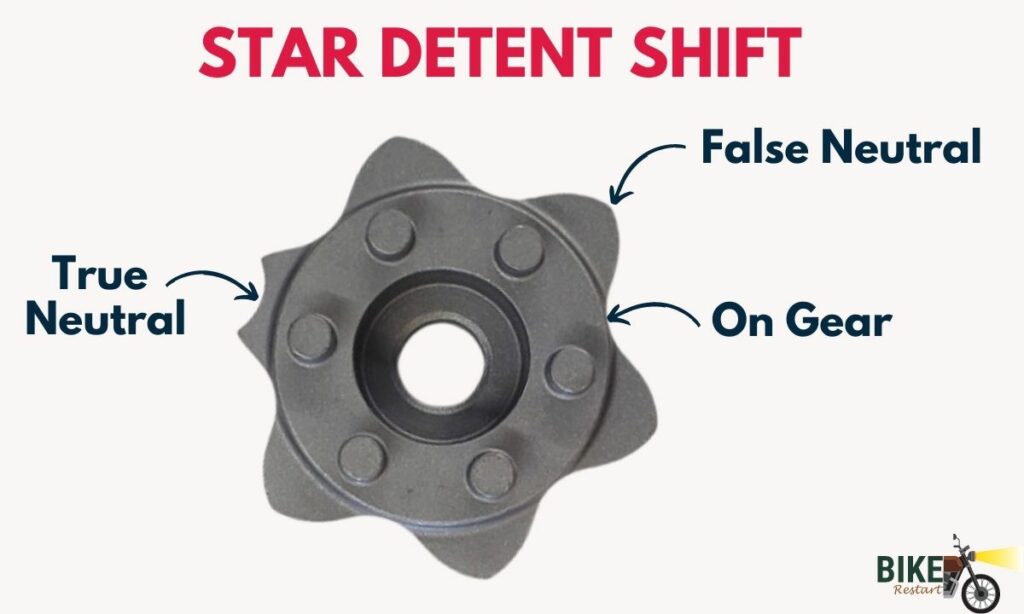
That should clear up how true neutral and false neutral are different. And why a true neutral is stable and a false neutral is unstable.
What to do when false neutral happens
Whenever you end up with a false neutral on your motorcycle, know that it’s not a big deal.
Here’s what you need to do:
Pull the clutch all the way in. And hard shift the gear again.
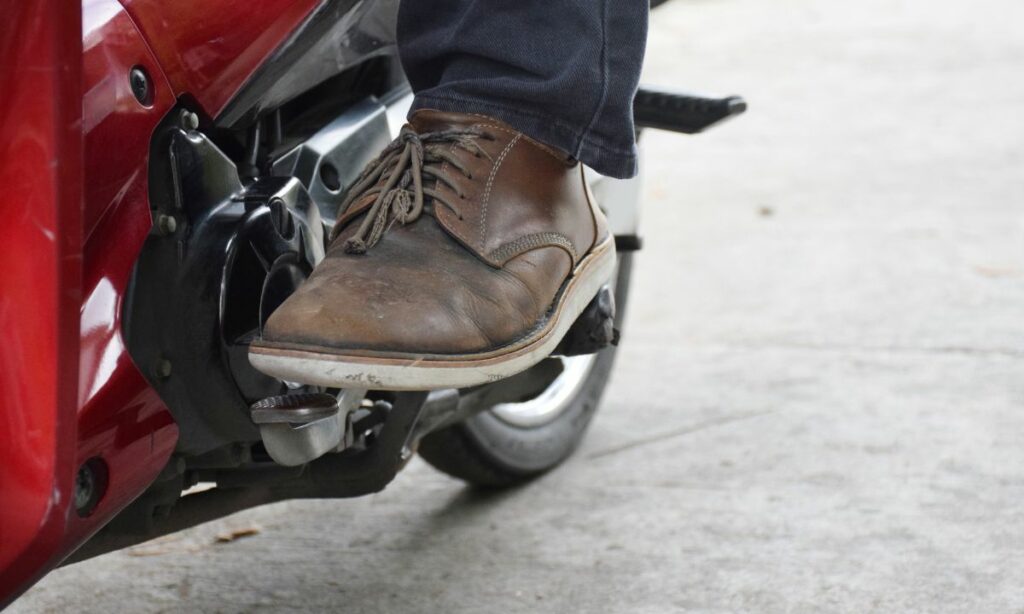
You should be running at the desired gear now.
Along with pulling in the clutch, you can also blip the throttle. But a simple reshifting works just as fine.
There is one small thing though.
While reshifting the gear, you might hear a loud clunking noise.
That is normal. So ignore it and ride on.
So that’s all you need to do with a false neutral – pull the clutch in and reshift the gear again.
Why do false neutrals happen?
Here are the reasons why false neutrals occur on your motorcycles:
The first and foremost reason, you are not shifting the gears firmly.
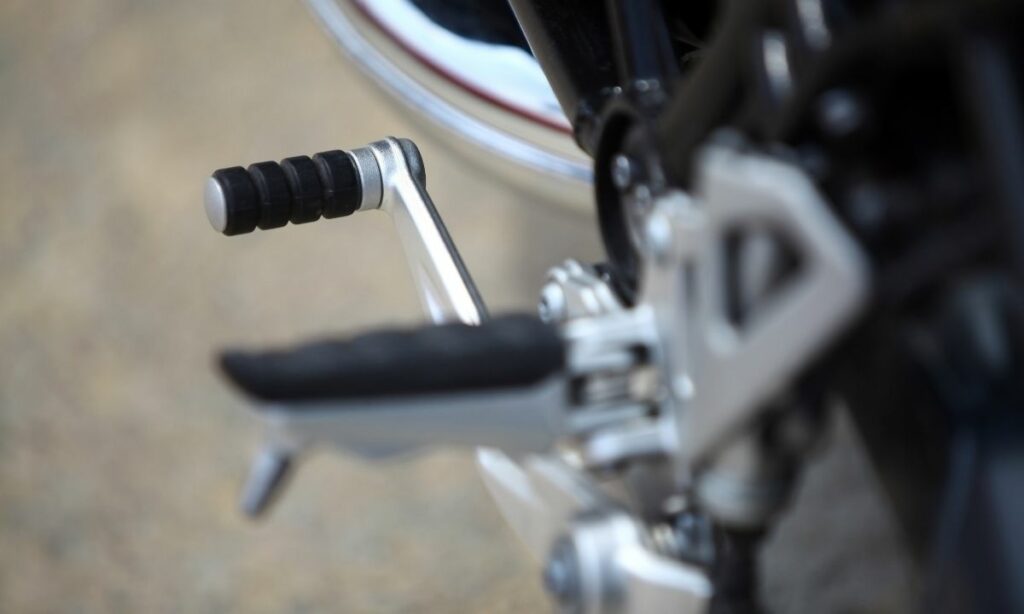
Leading to an incomplete gear shift.
The dogs are disengaging from one gear. But are not re-engaging with the other gear.
The second reason, you are not pulling in the clutch full.
A half-clutch gear shift is another common cause for false neutrals.

While changing the gears, you are not completely pulling the clutch in.
Rather, you are doing a half-hearted clutch pull. Which is what is causing incomplete gear shifts.
The third and uncommon reason, the gear transmission is damaged or worn out.
This is rare.
And if you are a beginner rider, this is most definitely NOT the reason.
But there are cases where the false neutrals are frequently occurring due to damaged or worn-out gears and/or dogs.
How to avoid false neutrals
Here are the 3 simple ways to avoid false neutrals on your motorcycle:
- Press the shift lever firmly: While changing the gears, press your foot on the gear-shift lever strong and firm.
- Pull the clutch all the way in: No half-clutches. Pull the clutch in completely and only then shift the gears.
- Be confident and commit to gear change: False neutrals occur mainly because the rider is not confident. So next time, commit to the gear change and don’t half-arse it.
Do false neutrals damage the engine or transmission
Nope.
False neutrals do not damage the transmission.
And nor does it damage the engine.
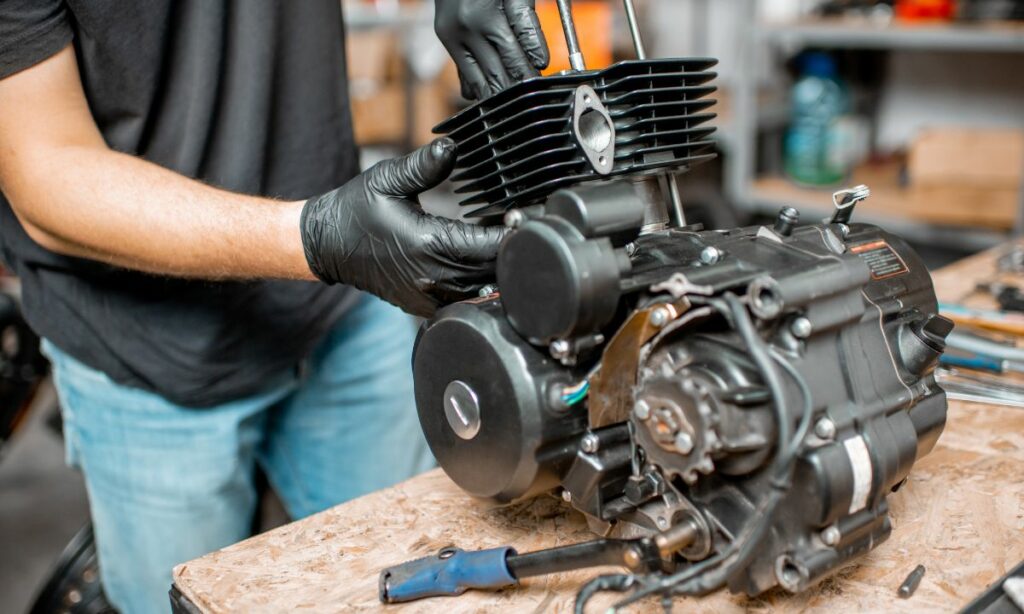
Although damaged transmission can lead to false neutrals. But not the other way around.
Also, if you are facing false neutrals, don’t think it’s because of damaged transmission. That’s a rare case.
Most likely it’s your half-assed gear shifting that’s causing the false neutral on your motorcycle.
Bottomline.
False neutrals do NOT damage the engine or the motorcycle transmission.
Final words
While false neutrals are not harmful to your motorcycle, they are a symptom of your low confidence in gear shifting.
So practice motorcycle riding more.
And be confident and firm in your gear shifting.
Commit to the gear change and pull the clutch all the way in.
Before you go…
Here are a few more related posts that will pique your interest:
